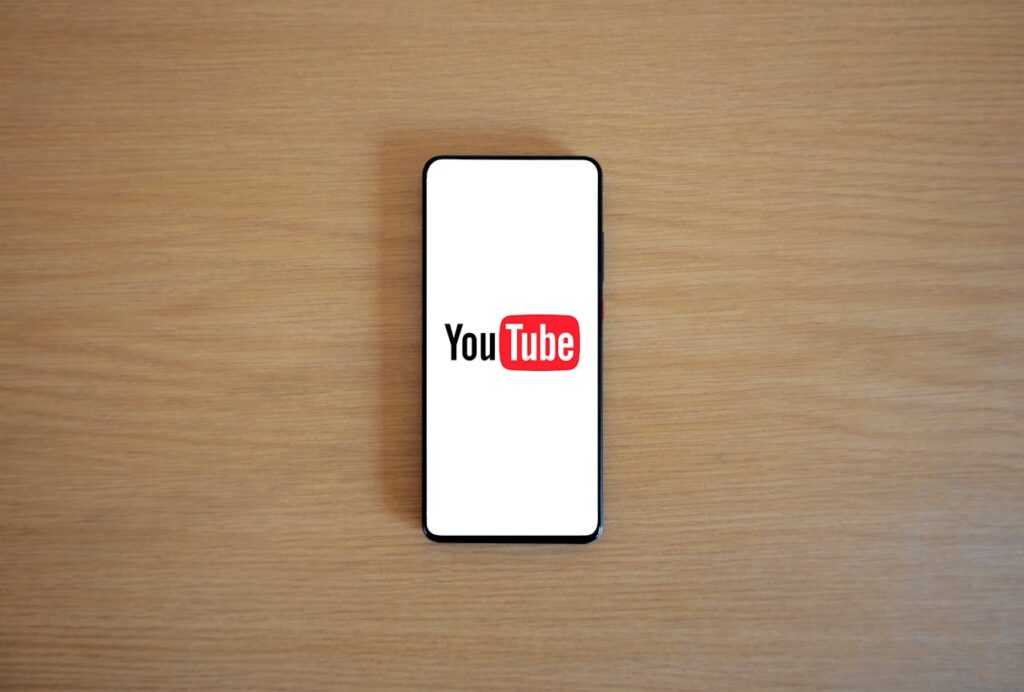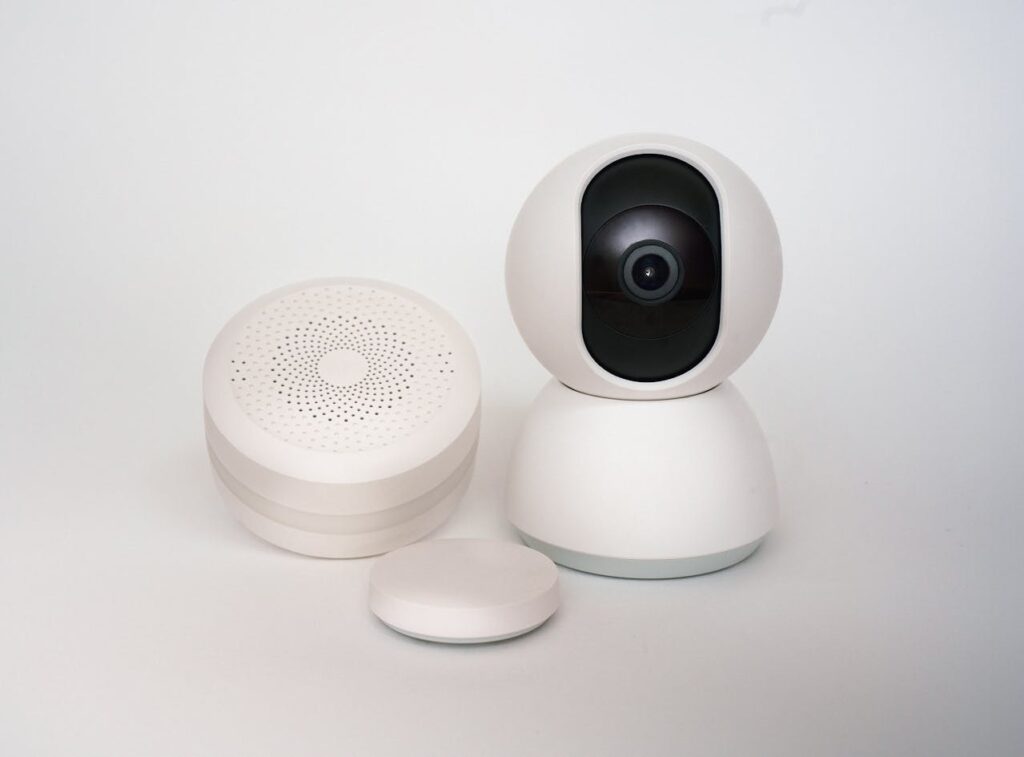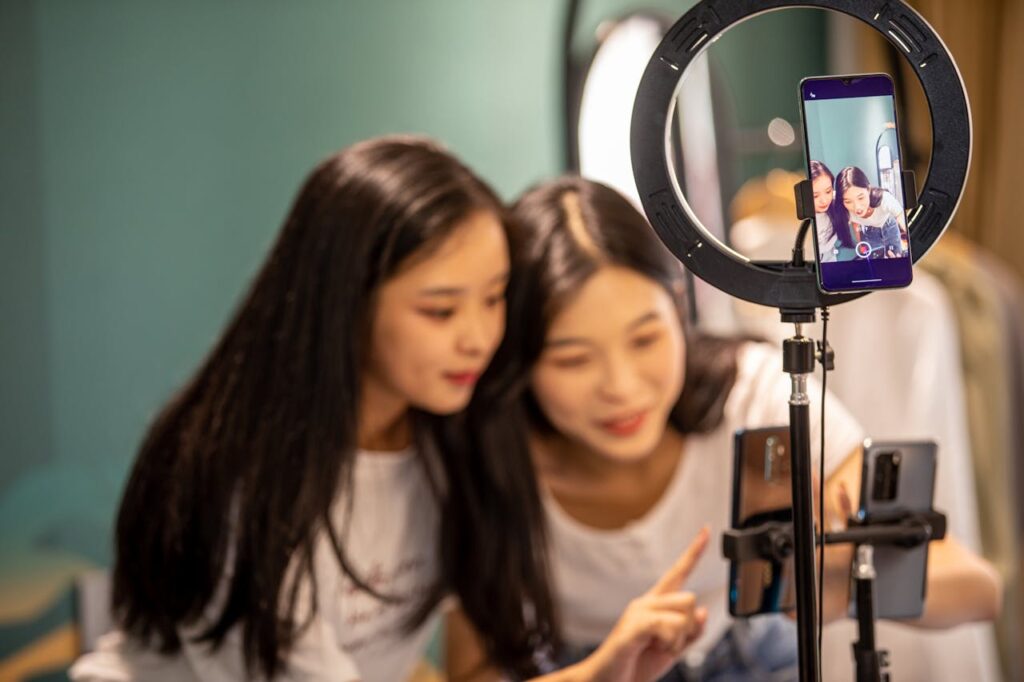Transforming Marketing with YouTube BrandConnect
In today’s fast-paced digital world, creators have emerged as powerful influencers, shaping consumer decisions and driving brand narratives like never before.
Recognising this shift, YouTube has introduced BrandConnect, a suite of tools designed to bridge the gap between brands and creators, fostering authentic collaborations that genuinely resonate with audiences.
The Rise of Creator Influence
Creators are no longer just content producers they are cultural trendsetters, entrepreneurs, and trusted voices with the power to sway consumer behaviour.
A recent Ipsos survey revealed that online users are 98% more likely to trust recommendations from YouTube creators compared to other social platforms.
This level of trust underscores the immense potential for brands to partner with creators, leveraging their influence to boost credibility, expand reach, and connect with audiences in meaningful ways.
What is YouTube BrandConnect?
YouTube BrandConnect is a comprehensive solution designed to help brands tap into the power of creator-led content. It’s not just about finding creators; it’s about building authentic partnerships that drive measurable results. Here’s how it works:
1. Partnership Ads: Amplifying Sponsored Content
BrandConnect allows brands to integrate successful sponsored content into their broader campaigns.
For example, a creator’s video review of a product can be turned into an ad, extending its reach beyond the creator’s usual followers.

This approach ensures that creator collaborations have a far greater impact, reaching new audiences while maintaining authenticity.
2. Integrated Measurement: Tracking Success with Precision
BrandConnect offers detailed measurement and reporting tools within Google Ads in select markets. Brands can now track the performance of their sponsored content campaigns, from views to engagement rates. This data-driven approach enables brands to assess the effectiveness of their partnerships and optimise future campaigns for even better results.
3. Simplifying Collaboration
Managing multiple creator partnerships can be challenging. BrandConnect introduces a centralised platform where brands can oversee all their collaborations in one place.
This tool provides insights into video performance, audience engagement, and more, making it easier for brands to make strategic decisions and streamline their efforts.
One standout example of BrandConnect in action is MAC Cosmetics. The brand wanted to increase awareness and consideration for its lipstick and foundation lines in India, so it partnered with popular beauty creators Ankita Chaturvedi and Naina Bhan.
Using Partnership Ads on YouTube Shorts, MAC’s campaign achieved impressive results:
A 2.5 times higher view-through rate compared to traditional branded ads.
A 66% reduction in cost per view, making the campaign more cost-effective.
This success story highlights how creator-led content, amplified through BrandConnect, can deliver measurable results while maintaining authenticity and resonating with audiences.
How to Get Started with BrandConnect
Ready to explore the potential of BrandConnect? Here’s how brands can begin their journey:

Link Existing Assets to Google Ads: Integrating your current campaigns with Google Ads can enhance performance measurement and give you deeper insights into your partnership ads.
Create Audience Segments: Use data from sponsored content viewers to build targeted audience segments, ensuring your message reaches the right people.
Collaborate with Trusted Creators: Identify creators whose values align with your brand and whose audiences match your target demographic. Authenticity is key to resonating with viewers and driving engagement.
The Role of BrandConnect in Shaping Modern Marketing
As the digital landscape evolves, brands must adapt to stay relevant. Tools like YouTube BrandConnect are essential for:
Building Trust: Partnering with trusted creators helps brands establish credibility with audiences.
Driving Engagement: Creator-led content is inherently more relatable and engaging, leading to higher audience interaction.
Achieving Measurable Results: With integrated measurement tools, brands can track the success of their campaigns and refine their strategies for maximum impact.
Incorporating YouTube BrandConnect into your marketing strategy isn’t just about staying ahead of the curve but creating meaningful connections with your audience.
By aligning your brand with influential creators, you can deliver authentic messages that resonate, drive engagement, and ultimately achieve your business goals in a world where trust and authenticity reign supreme. BrandConnect is your brand’s tool to thrive.
Whether you’re a global brand or a growing business, YouTube BrandConnect offers the tools and insights to help you harness the power of creator partnerships and revolutionise your marketing strategy.





























